‘Zodiac’ was a slow burner experience for me, just as I like my thrillers to be. Amusingly so, the slow burn took its fair share of time till it caught on to me almost as a fever, and that too in the second viewing. In the first viewing, I am forced to admit that I was simply baffled and confused by the lack of a certain resolution; any resolution to be honest, even knowing that the murders remain unsolved till date: such is our force of habit as filmgoers, to at least expect a resolution or conclusion, favourable or not.
Even the glacial pace of the film, partly owing to the in-depth research and procedural and journalistic activity, most of which finds its way to the screen, and to the duration of the Zodiac’s activity stretching over decades altogether. It didn’t occur to me until the second, more contemplative viewing that it was intended to be as such: confusing, baffling, and without any concrete sense of resolution, yet somehow imbuing the feeling that this has all been going on for far too long: to reflect exactly what virtually everyone involved with the case felt.
Following this second viewing, I come out reformed, and in my opinion, ‘Zodiac’ is David Fincher’s underrated masterpiece, even despite all the praise it has drawn over the years. I do not throw around the word masterpiece a lot, for fear of bringing down its value or significance, but ‘Zodiac’ truly is, perhaps closest in the vein of his other cerebral psychological drama that I loved beyond any sort of admission, ‘Mindhunter’.
The film just trails off in its final bits, without a very definitive end or a dramatic narrative pause: you could easily construe its ending as a simple cut in the screenplay if it wasn’t for the end credits that start playing shortly after, and all of that just mirrors the fate of the Zodiac case. It trailed off and faded with no clear resolution. The killer thereby remains unidentified and uncaught till date, and the case, unsolved. For now, let’s delve deeper into that dubious ending and what that meant, the fate of the characters and the Zodiac. Read on.
Zodiac Ending, Explained
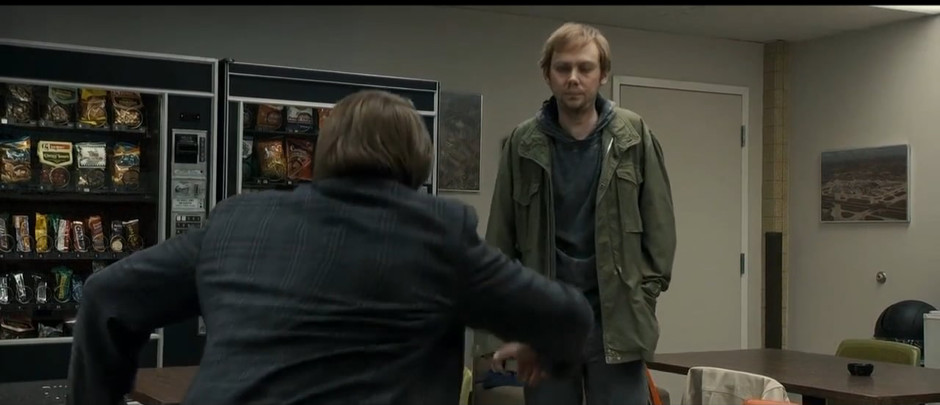
Instead of going over the whole narrative again, that would simply double up the length of this article, we rewind our clocks to the point in the film towards the end when Robert Graysmith, upon reaching certain conclusions from his own amateur investigation into the case and a little help from inspector Dave Toschi, arrives at the house of Bob Vaughn after being tipped off by Wallace Penny about the zodiac killer being Rick Marshall. He finds that Vaughn and Marshall used to work at The Avenue theatre in San Francisco as projectionists, wherein Marshall occasionally designed and drew posters for the film on display, notable among them being ‘The Most Dangerous Game’, a film whose dialogue “man is the most dangerous animal of all” is used repeatedly by the Zodiac in his letters to the press. Furthermore, Graysmith even receives confirmation that the writing on the posters was the closest match that they had ever received on the handwritings in the Zodiac letters. The plot thickens, and we move onwards to the creepiest scene in the film.
Was Bob Vaughn a suspect? What of Rick Marshall?
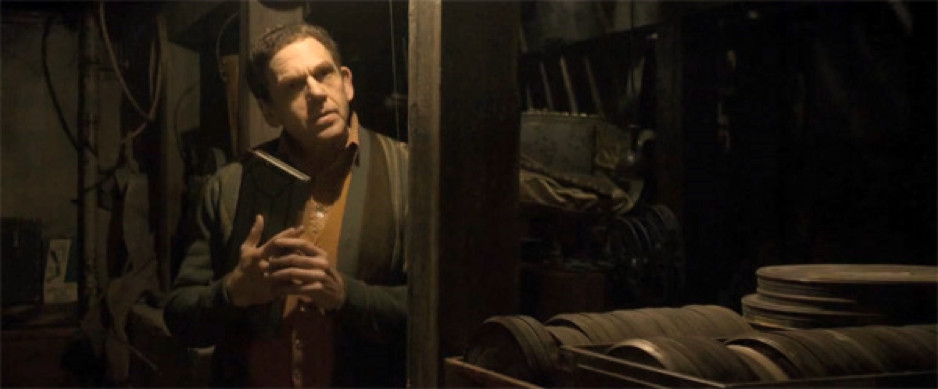
To just have an idea of how frustratingly twisted and dead-ended this case was, you have to watch how this one scene plays out, following Bob Vaughn taking Graysmith to his house to talk about Rick Marshall. The two discuss about Rick Marshall, his tenure at the Avenue theatre, the poster under question and “Rick’s Handwriting”, and how he left a film canister at Vaughn’s place and asked him never to open it. At this conjuncture, it is revealed that the posters were never actually drawn by
Marshall, and that Vaugh was the one who drew them, giving Graysmith the shock of his life considering the fact that he may actually have been standing face to face with the Zodiac killer right there and then. The suspicion is furthered by the fact that Vaughn proceeds into his basement to check theatre records, that checks out with the Zodiac having mentioned a basement in one of his letters, narrowing downs since not many people had basements in California.
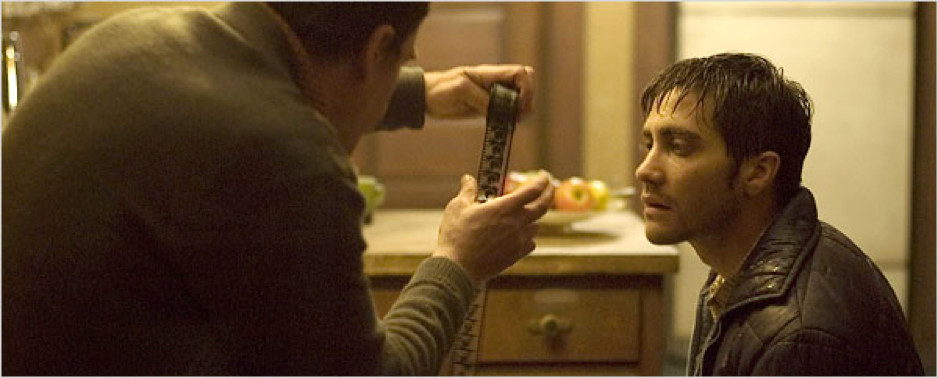
Now as voiced by one of the characters in the film, and quite frustratingly correctly, the Zodiac case was all about two things: the matching of the fingerprints with the ones left on the site of the cab driver’s murder, and the matching of the handwriting with the one received in the letters. Now since neither is a concrete foundation to begin with, there were close to 2500 suspects that were ruled out on their basis, including Marshall. Vaugh here clearly classifies on atleast one of them since his handwriting was the closest that ever came to a match, but he wasn’t suspected! On the other hand, interestingly enough, eventhough Marshall was a prime suspect, he doesn’t have a face in the film, and never appears on screen. Fincher instead allows Bob Vaughn to lead a terrifyingly suspenseful scene, the one in his basement to completely throw the audience off track, just as simply as Graysmith is.
My interpretation is that Vaughn could or could not have been one of the suspects, since nothing about this case can be stated definitively, but the entire sequence plays out the way it did because of Graysmith’s paranoia. He was so deep into the investigation and so desperate for a last straw for a clue, that a hint that he may have been thinking in the wrong direction completely throws him off and gets the best of him, so much so that he frantically exits the apartment. To be fair though, Vaughn did act eerily creepy at this point in the film, as if he knew that his cover had been blown, and he was drawing some sort of pleasure from psychologically tormenting Graysmith. However, if you drown out the intensely creepy score behind that just amplifies Graysmith’s paranoia to engulf you as well, you will see what I mean.
Was Arthur Leigh Allen the Zodiac?
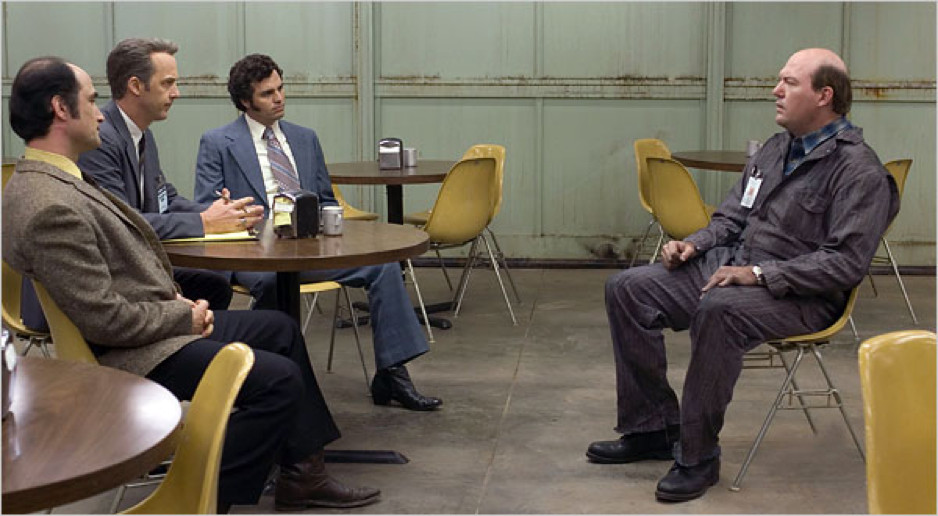
The movie leaves little room for doubt, even in its supposed open ended finale in framing Arthur Leigh Allen as the prime suspect and possibly the Zodiac too. Now we must tread with caution here, since this is a movie website and not a crime reporting one. We will thus try to keep the nature of our explanation centred on the movie version of it, irrespective of whether it happened in real life or not, eventhough the film has been claimed as been unanimously hailed for its authenticity.
Now, following fleeing Bob Vaughn’s house in terror, Graysmith further investigates and meets up with Linda, the sister of the first confirmed Zodiac victim Darlene Ferrin, where she confirms that Leigh knew Darlene beforehand, furthering his suspicion, knowing the fact that someone called Darlene’s family in the middle of the night after killing her, breathing heavily on the phone. Further to this, Graysmith is able to confirm for himself and Dave Toschi that Allen might be the killer after he digs up records and finds Allen’s date of birth to be 18th of December, the same day Melvin Belli received a call at his place presumably by the zodiac killer, who claimed he wanted to kill since it was his birthday.
The two renewed evidences, added with the already incriminating evidence that Toschi found against him, including him wearing a Zodiac watch, the same Wind Walker boots worn by the Zodiac at the murder near Lake Berryessa, him mentioning the book ‘The Most Dangerous Game’, and revealing that he had bloody knives on his car seat to kill chickens that he ate, without being asked at all, nearly confirm his involvement with the murders.
However, despite the evidence that was substantial, there was no physical evidence that the police could pin him with, including no fingerprint or handwriting matches, eventhough the zodiac is widely considered to be ambidextrous, that led to the police not being able to make the arrest. However, that does not stop Graysmith from tracing him to the Ace Hardware Store in Vallejo, where he confronts him non-verbally, which I explain in the next section.
The film then ends with Mike Mageau, the survivor of the Zodiac’s first confirmed attack positively identifying Allen from police mugshots as the man who shot him, 22 years after the attack on his life. While the film doesn’t expressly state him as the Zodiac, this last piece of evidence is quite incriminating, shooting him straight up in the list of suspects. However, Arthur Leigh Allen was never arrested due to lack of physical evidence and all the other evidence being merely circumstantial. He died before the case was closed and a committee was to move on him following Mageau’s statement.
The Ace Hardware Store Confrontation in Vallejo
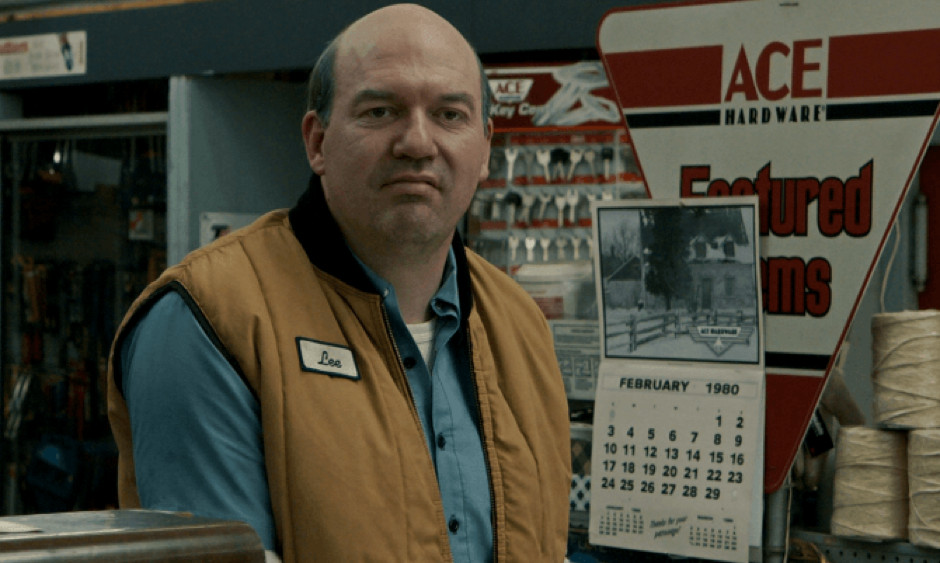
Probably one of my favourite scenes from the entire film, although it is currently not known whether this happened in actuality or not. Regardless, this is an impactful scene, very carefully acted out by the two actors involved, not a single facial note out of place. The scene conspires as such: Graysmith tracks Leigh Allen to a hardware store in Vallejo and pays him a visit. The time is revealed to be an unspecified day in February 1980. As Robert walks up to Allen, the latter asks him if there was anything he could do to help him.
At the point, Robert bluntly refuses and stares him dead in the eye. The formal smile on Allen’s face fades, giving way to resentment and, might I say, a tiny, tiny hint of fear. The two men continue exchanging looks for the next couple of moments after which Robert leaves the place and the screen cuts to black. Now there are two ways this pans out, depending on whether YOU believe Leigh Allen to be the Zodiac or not. If you don’t, this scene is strictly nothing more than an awkward confrontation, with more of Robert’s paranoia and the other party completely unaware of what the hell was going on. On the other hand, if you do believe him to the killer, things become diametrically interesting. I will allow a dialogue from earlier on in the film to communicate what that was about, mouthed by Robert himself when asked about his obsessive compulsive need to hunt and find the Zodiac.
“I need to know who he is. I need to stand there, I need to look him in the eye and I need to know that it’s him.”
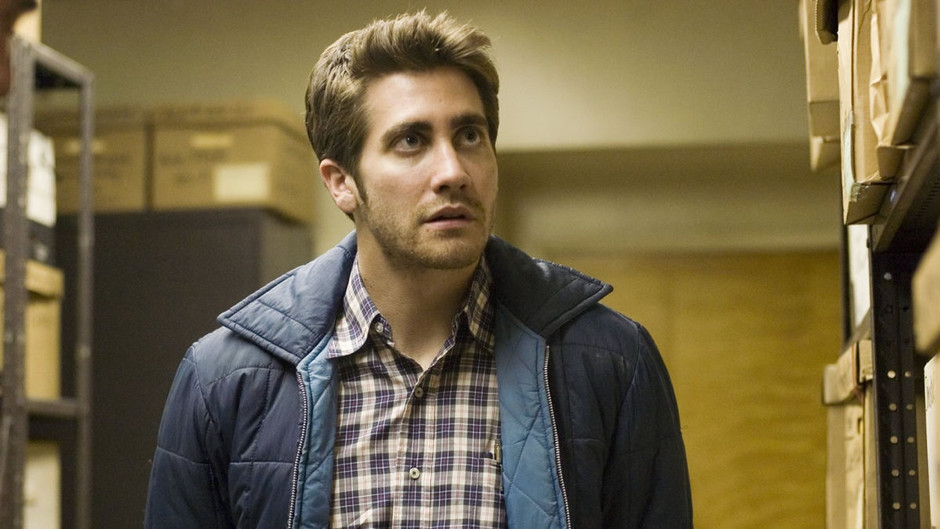
Well, this was it! In his head, Leigh Allen was already the killer, and in one glance, he communicates to Allen that he knew, thus explaining the tiny bit of fear and complete change in expression you see over Allen’s face. At this point in time, Graysmith doesn’t rely on the judiciary or the police for a verdict. He feels he has figured it out based on the intensive research he conducted himself, and this moment is his moment of victory, albeit one that could only bring him the inert satisfaction that he would need to get on with his life and complete his book, as strongly suggested by his wife. It is to be noted that the bit about Allen’s reaction growing a little pale stands true only if Allen was actually the Zodiac. This would also make sense since the Zodiac, if the real one at all, knew Graysmith. Remember the heavy breathing calls at his residence?
Were there two Killers?
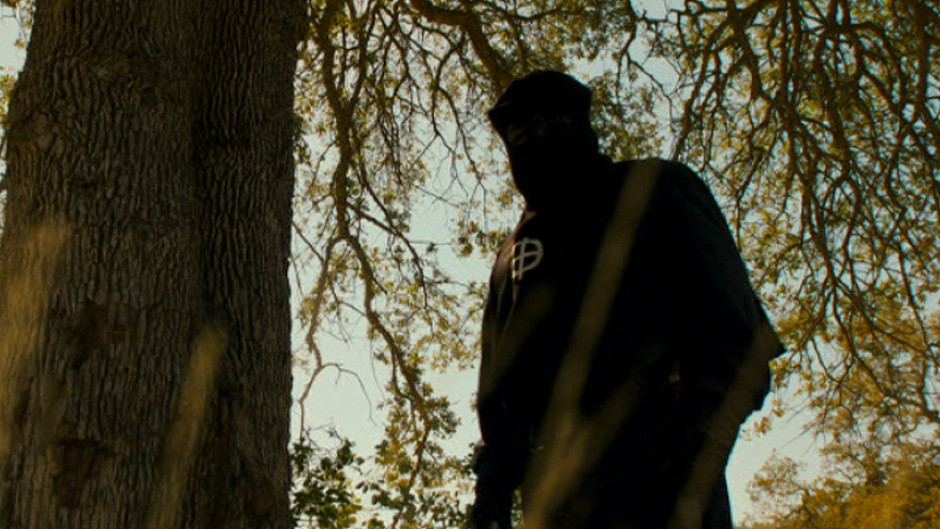
Due to the abnormally large period of time over which the case spread and the shocking lack of any evidence, or rather the confusing presence of one too many pointing in all directions, the theory that there might have been two Zodiacs hasn’t been ruled out completely. Now, whether the two were linked or not is a separate series of speculations I’d rather not get into. There is also the possibility that the Zodiac killer wrote only the initial series of letters to the press, and the rest were taken up by somebody else to continue to create a media frenzy.
A completely different possibility that hasn’t been ruled out either is that since no fixed M.O. for the Zodiac could be ascertained, any number of unsolved murder crimes could be attributed to the Zodiac, indicating the possibility of copycat crimes. For instance, as of now, only seven attacks out of which five were fatal have been confirmed Zodiac attacks as stated by the cipher letters and the police. However, the continued series of letters and communications from the Zodiac claimed to have killed more than 37 people, something that hasn’t been confirmed till date. The same is even indicated by Robert Grayson when he is in the deep of the case, “Gotta be two killers, one has the map, the other kills” contemplating on the lack of evidence at even the crime scenes.
Need more insights on how the Zodiac murders were among the most baffling unsolved cases in US criminal history? There are separate webpages and blogs dedicated to finding the Zodiac killer that are fairly active even today. Unbelievable, I know, but an easy search on the internet will be able to yield them.
Aftermath
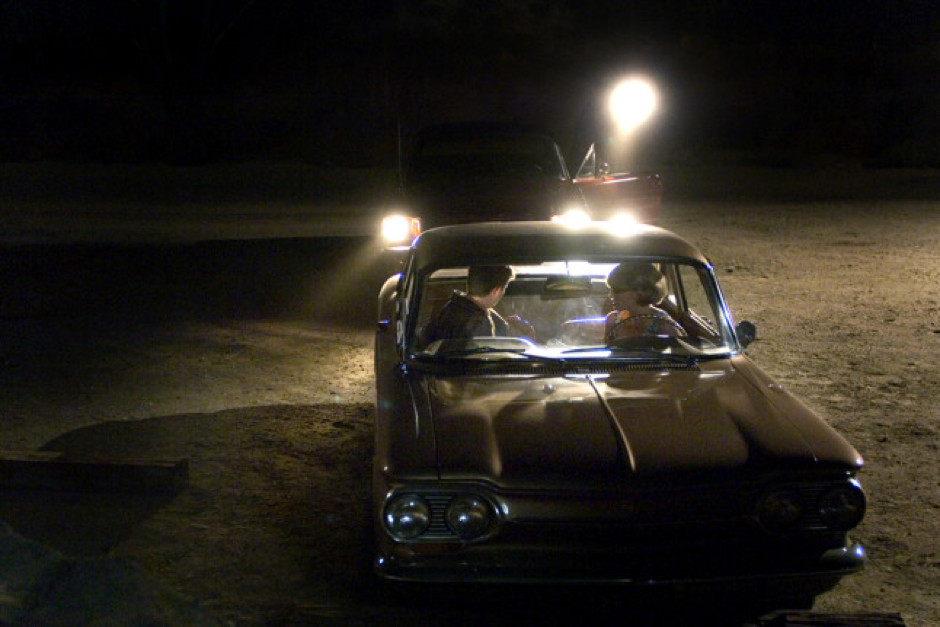
The aftermath of this series of incidents is clearly stated in the closing credit cards that follow. As for the three main characters, it is told that Paul Avery died of pulmonary emphysema following his period of withdrawal from the press and substance indulgence after the Zodiac made a threat on his life. David Toschi retired in ’89 following his years of service and was given a clean chit with respect to his involvement in writing one of the Zodiac letters.
Robert Graysmith completed his book that turned out to be a bestseller and reconciled with his family. As for the most notable prime suspect, Arthur Leigh Allen, it is stated that he died of cardiac arrest right before a committee decided to close in on him for arrest following Mageau’s identification of him as the shooter. The case was then declared inactive by the SFPD due to lack of concrete physical evidence against the now deceased Allen or any of the other suspects. Interestingly though, the case still remains open in Solano, Napa and Vallejo, more than five decades since the first confirmed Zodiac attack occurred.
Final Word
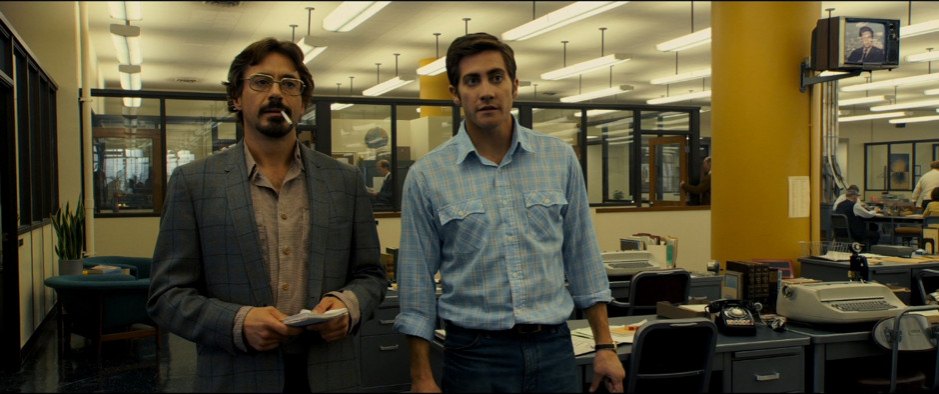
Admittedly, ‘Zodiac’ in itself is more of a crime procedural rather than a psychological insight, properly and carefully documenting two major sides of the case, the police investigation and the involvement of the press, along with giving us a glimpse into the horrific murders. Most of what is presented is based off of true events, with a slight dramatization and artistic liberty, and showed in a very matter of fact manner, little is left to the imagination, well except who the killer is: which is for me an essential part of the viewing experience of Zodiac. It is confusing, it is frustrating in parts, and may just prove to be a hair puller for people who like their endings to be concise and definitive. For those that can take a little bit of uncertainty will surely agree with me when I say that ‘Zodiac’ is straight up there with ‘Se7en’ and ‘Fight Club’ as one of his best works. While I have lauded those movies for their script and impact, I didn’t call them masterpieces. This one surely is. Unpopular opinion? Sure, but it’s one that has been concretised over multiple viewings. I suggest you do the same!
Read More in Explainers: Prisoners | Se7en | Fight Club

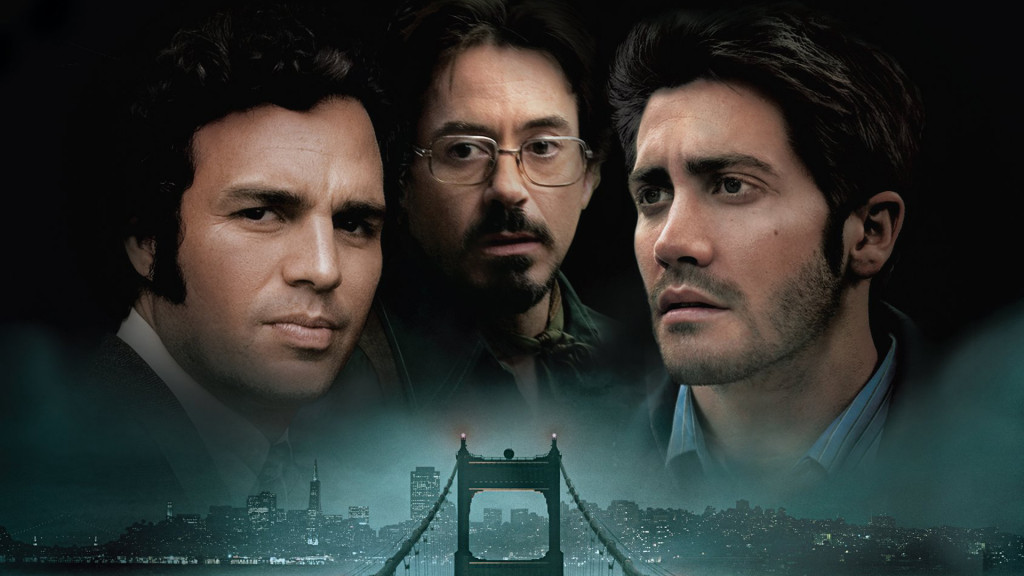
You must be logged in to post a comment.